Today I have a different type of First Draft post for you. It’s an amalgamation of a first draft post and blog tour of crime author Amy Bird. I was happy to be a part of Amy’s exciting tour and asked if she wanted to do the first draft Q&A which she quickly agreed to. So with both of those in place, it seemed like the perfect solution to do them both together.
 Amy is the author of the thrillers Three Steps Behind You and Yours Is Mine, and now Hide and Seek.
Amy is the author of the thrillers Three Steps Behind You and Yours Is Mine, and now Hide and Seek.
Having moved all over the UK as a child, she now lives in North London with her husband, dividing her time between working part-time as a lawyer and writing.
When you decide to write something new, what is the first thing you do?
Usually an idea will strike me as a ‘What if?’ proposition. I’ll play with the idea in my head for a bit to see if it has novel-length scope. For Hide and Seek, I was struck by the idea of someone not knowing something about an aspect of their own past that was crucial to their identity. As soon as the character gets a hint of that, an obsessive search for the truth begins. It is in the lengths to which that obsession will drive them, and the attitudes of other characters to that search and the secret, that a novel was born.
Do you have a set routine approaching it?
Once I’ve turned the idea round in my head for a while, I’ll take an old-fashioned bit of paper and pen, and plot out the key ideas, characters and turning points. I might not then actually start writing the novel for a few more weeks, but that piece of paper acts as the grounding for my thoughts.
Pen and paper or straight to the keyboard?
When I start writing the novel itself, I go straight to keyboard. I work as a lawyer as well as a writer, so I spend a lot of time at computers. It’s the medium I’m happy with – it’s so much easier to get a handle on a project and to go back and change things. For a thriller like Hide and Seek, it’s crucial to get the twists just right at sentence level, as well as at a plot level, so I need to be able to play with a sentence on screen. I used to believe that I only thought creatively when writing on paper. But now my creative processes are more aligned to a computer and I will get fresh ideas as I type. Plus how much time it must take to type up handwritten notes!
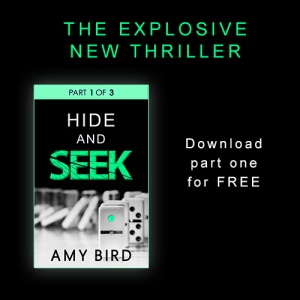 How important is research to you?
How important is research to you?
It depends what sort of book you’re writing. Because my books are based on human psyche, rather than say historical episodes, I tend to find myself reading up on ideas and theories, not facts. For Hide and Seek, I read a lot about memory and trauma, and on brain injuries. I also chose to structure the novel as a concerto, because of the fictitious piano concerto at the heart of it, which drives forward the protagonist’s obsessive search for truth. I therefore did a lot of reading up on concerto structure, and listening to a wide variety of composers, so I could get the pace and rhythms of my work just right.
How do you go about researching?
I stockpile a lot of books on a particular topic. I’ll do a little bit of reading at the start of the novel, or use the internet to search for a particular point. Then I’ll get on with writing so I can develop the characters and plot progression. Eventually there’ll come a point when I really want to indulge in the research and the ideas it generates, so I’ll down writing tools for a short while. I find that if I’m already a little way into the novel, I’ll view the research through the prism of the novel and the characters, and the research will give me ideas for scenes, not just facts. I do get out from behind my desk occasionally, though – for my second novel, Three Steps Behind You, the protagonist takes up fencing so I attended a class to grasp the basics, feel what it was like to actually use the kit, and get a sense of the rhythms. You can’t learn that just from watching a YouTube video.
How do you store everything; ideas, research, images that catch your eye?
Lots of different ways. I’ll set up a dedicated notebook for a novel, which usually stays at home. I’ll also make notes on my phone as they occur to me. Plus on lots of scraps of paper, which I try to keep – but often just writing down the idea secures it in my head. I also have a box-file labelled ‘Ideas’ where I keep newspaper cuttings or research articles that I’m either using or could be useful for later books.
Tell us how that first draft takes shape?
I don’t start the first draft until I have a clear idea of the characters and the plot arc. I also wait until I have a forceful sense of the opening. That way I can just start from the beginning and work through in a linear way. I generate ideas and motifs as I write though, so it stays organic.
Are there any rituals you have to do or items you must have with you while writing that draft?
I try to avoid ritual as it limits when and where you can write. I need either my laptop or my iPad, but only as tools. I usually try to go for a short walk before I begin, to keep my focus sharp.
Does the outside world exist or are you lost to us for a period of time as the magic works?
I work part-time as a solicitor so I have to inhabit the outside world for four-days a week! On my writing days, I do like to shut the rest of the world out. I’ll stick on some comfy clothes, keep away from emails, and focus on the writing. Then in the intervening days, I’ll be thinking about what I’ve written, and how to structure the next chapter. In the early stages of a first draft, or at the climax, I like to take a week or two from lawyering just to really get into the book. Hide and Seek and Three Steps Behind You have both been first person narratives from fairly weird characters, and I find spending a concentrated amount of time in their heads helps me to access their obsessive thought cycles.
 What does your work space look like?
What does your work space look like?
Very green. I usually write in my study, which has one of those mock-antique desks green leather insets, in front of which there are green curtains, and I look out into the garden (which is… green). I find it a calming space. The rest of the study and my desk are less calm – I tend to surround myself in a clutter of papers and books. It doesn’t bother me, but I suspect it bothers my husband. I’ve also been known to write on our family boat in the middle of the Norfolk Broads, or curled up in a hotel room. Once you start writing, the key space is in your mind and on the page.
Edit as you go or just keep getting words out?
It depends. Usually I’ll just keep getting the words out, but if I have a sudden structure or character revelation part-way through, I might need to back and edit. I don’t endlessly re-read my work while I’m mid-draft for the sake of it, though – I tend to push on unless I know there’s a problem.
I see many writers counting words in a day. Word counter or other method of keeping track of progression?
Both. The reality is that with a deadline, you do need to keep track of words. Otherwise, you could write a beautiful piece of 200 words, but you would be running behind. I have a target of around 8- 10,000 words a week for a first draft, but for an individual day’s work I think it terms of chapters and key plot developments.
So, that first draft is down. Roughly how long did it take? And what shape is it in?
About two months for a first draft if I’m working full-pelt. That sounds quite intensive, but it’s just about making sure you sit down and get on with writing. Usually there are bits of my first draft that impress me, and other bits that depress me. You have to read very carefully to see whether what’s on your head is actually on the page.
In what format do you like to read it through, ereader, paper or the computer screen?
I print out the full first draft and put it in a lever-arch file. I take it to a different room in the house, and read it at a calm pace. Using a paper copy, I can make notes on it easily, or physically move chapters around if I need to.
What happens now that first draft is done?
The polish! After I’ve read it through, I’ll make a list of all the major pick-up points: perhaps a character’s motivation isn’t quite right, or I need to add a new motif, or a plot twist is too melodramatic. It’s at this stage when all the detailed points and ideas spring into my mind late at night or on the Tube, and I need to write them all down. I’ll work away at it for a couple more weeks, then read the whole thing out loud to myself from my iPad. That gives me draft 1.5, which is basically a sound book. I then send it on to my editor – and also let my husband read it – so that the real process of honing begins. Each plot twist is scrutinised, each character interrogated, and every motif threaded through. We probably go through about two more drafts. Only then is it ready for my readers.
Thanks for digging into the depths of the first draft. It’s been a pleasure having you.
You can find Amy on her Facebook, Twitter and on Goodreads.
You can find Amy at Carina. And now for the exciting bit, there’s a competition!
As usual, if you want to take part in the First Draft series, just let me know! You can find a list of the previous Q&A’s Here.
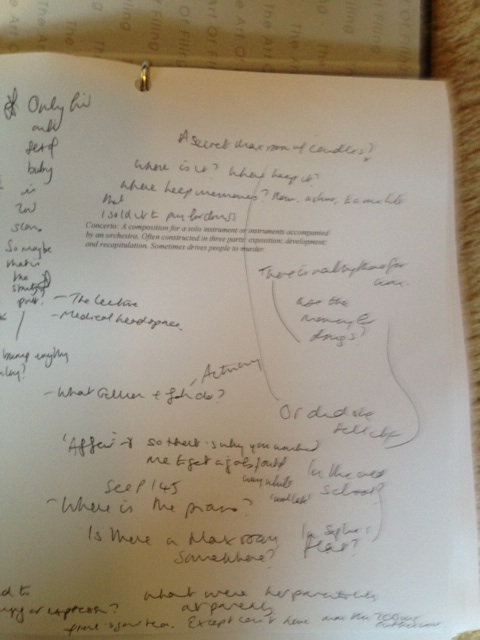
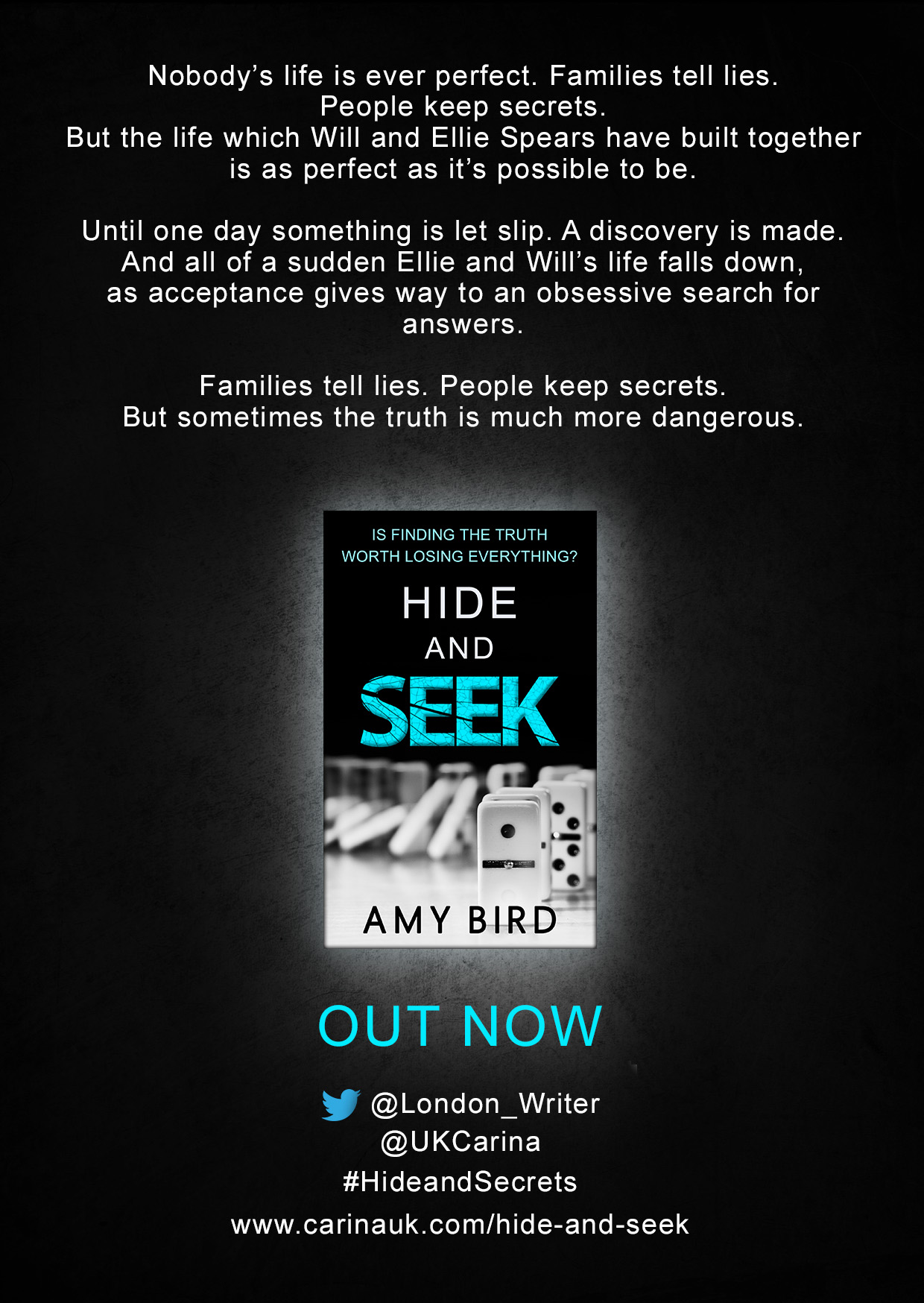
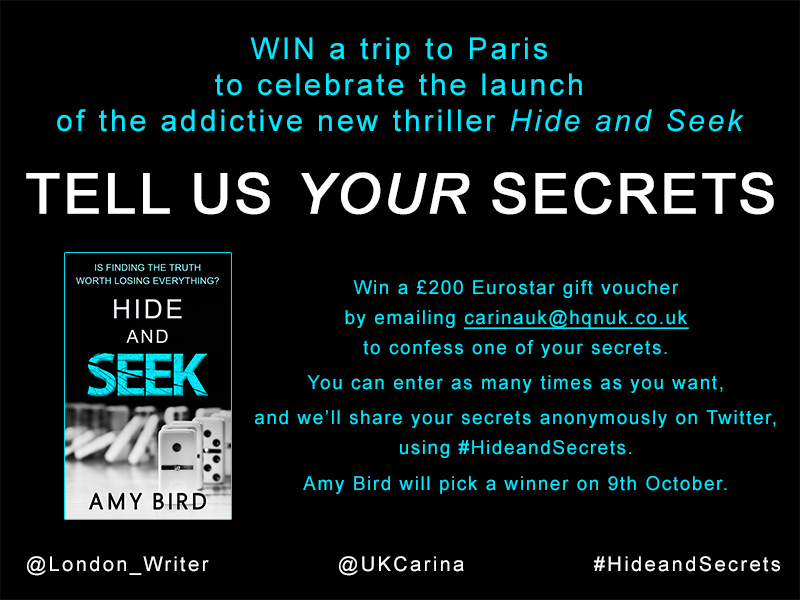

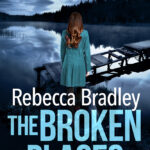
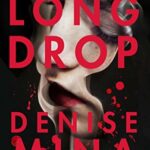
Rebecca – This continues to be such a good feature. Thanks for hosting it.
Amy – Congratulations on your release. I love that your stories start with ‘what if.’ I think that sort of question frees up the author to explore a lot of different possibilities. And I respect the research you do for what you write. I think that adds authenticity to a story. I wish you much success.
What a good idea, to take the first draft print out into a different room. I’ll have to try that! Good luck with your new book, Amy, and it been nice to meet you.
Hi Rebecca 🙂
Fascinating, Amy. I relate to how you research. I too read and research and that ultimately tells me what’s going to happen in my WIP. More true in my creative nonfic, but also my fic. Thanks for the great interview.
Love Amy’s workspace – the nicest I’ve seen on this series!